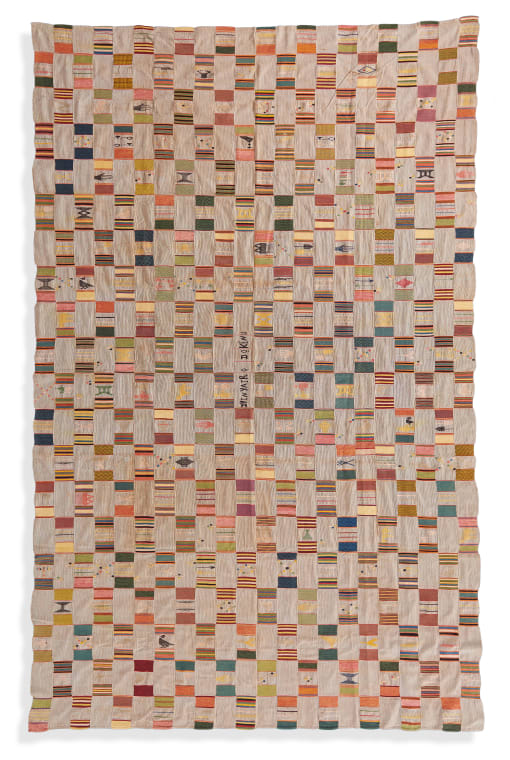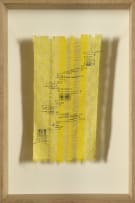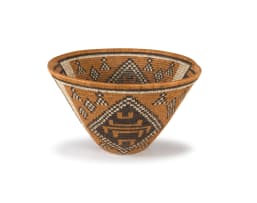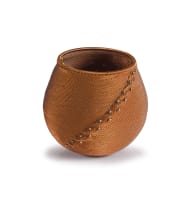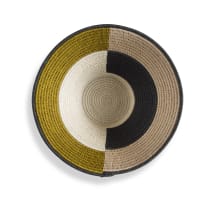Woven Legacies: Celebrating African Artistry
Timed Online Auction, 6 - 20 February 2024
Woven Legacies
Incl. Buyer's Premium & VAT
About this Item
Notes
"Ewe arts focus on drumming and dance, ritual objects associated with Ewe traditional religion, applique and weaving. Colour, pattern, materials and images, are used to communicate important information about cultural identity and belief systems. Images in textile design are connected to the proverbial wisdom, folklore and mythic traditions that undergird all aspects of Ewe traditional society." 1
The Ewe people were said to have migrated to Ghana and Togo in the 17th century, bringing their weaving with them. The cloths are called Odanudo which literally translates to 'skilled cloth.' Such is demonstrated through the intricately woven strips of cotton that contain geometric patterns or complex figurative motifs. As the narrow strips of cotton or silk are woven on small drag loom, then cut and sewn together lengthwise to produce a togalike wrap, the finished textile is therefore the products of the weaver's artifice combined with the ingenuity of the craftsman's eyes in matching the strips of cloth to good effect. Although these cloths were and are worn by all members of society, the high level of skill and design mastery, particularly the inclusion of motifs on top of the weft, confirm the scarcity, value and collectable nature of older pieces today. 1
Literature
1 Malika Kramer (2006 ) 'Origin Disputed: The Making, Use and Evaluation of Ghanaian Textiles' Afrique Archeologie Arts, vol 4, pages 53-76.
2 Peter Adler and Nicholas Barnard (1993) African Majesty: The Textile Art of the Ashanti and Ewe. London: Thames and Hudson.
View all Unrecorded artist, Ewe Peoples lots for sale in this auction
